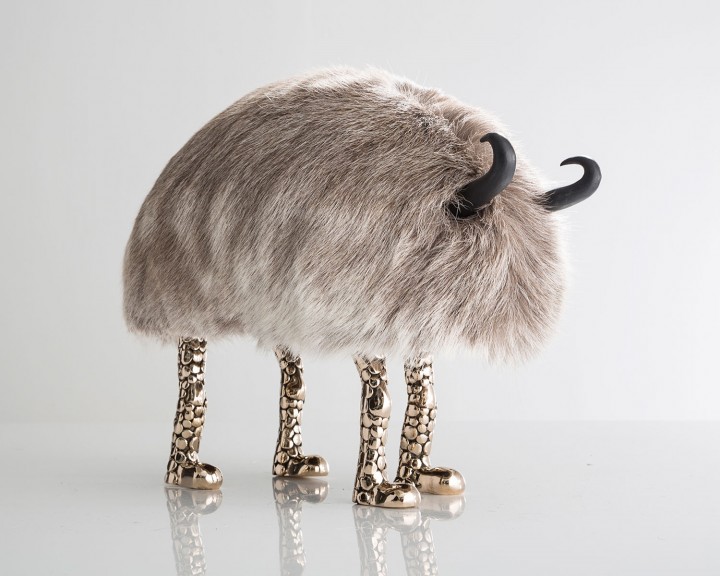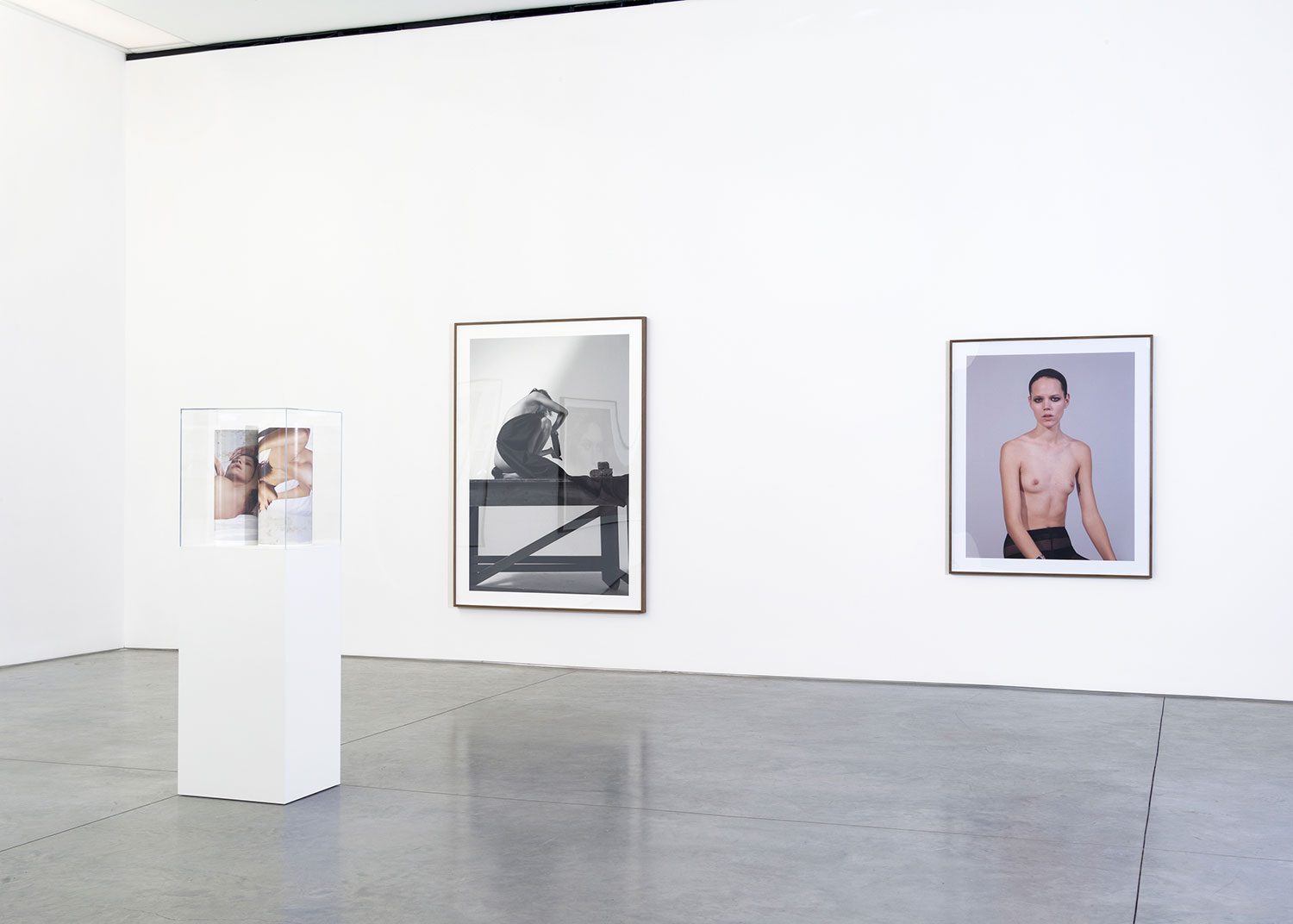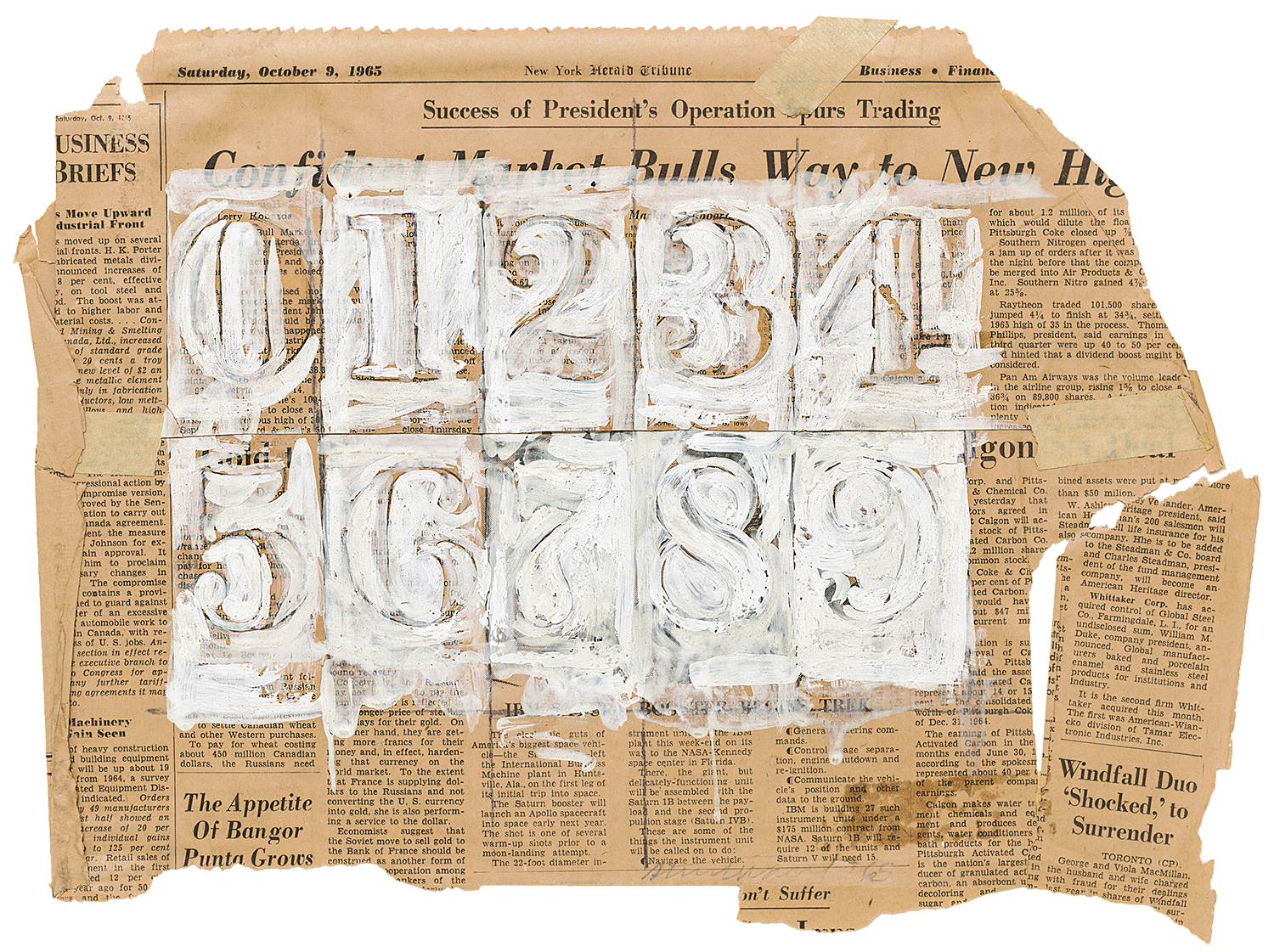
Daniele Balice: I have to admit that, at first, your Sex Room at Design Miami in Basel left me speechless and a bit jumbled. But then, walking around the fair, the only thing I could really retain was your installation. I finally decided to walk in and, indeed, I loved it. Honestly, the installation brought up a lot of issues that I have with objects that clearly speak about sex — issues which I realized were my own problem. I have the feeling that design has never referred so directly to sex before. How do you manage to incorporate this topic into your work without being merely provocative?
Simon Haas: I am thrilled to hear about your experience. What you describe is exactly what we were hoping for. We wanted to test the idea that everyone’s honest sexual feelings actually are similar, that sexual discrepancies are cultural rather than innate, and that the way we talk about sex is really where our sex problems are coming from. The way one man truly feels about sex might be similar to how one woman feels about sex, but neither of their sexualities really matches up with what the world calls “normal” in the realm of sexuality, so neither of them talks about their desires candidly. A good example is my personal experiences with the many straight men who like to give and get blowjobs to and from other men. In order to maintain the title “straight,” these men must deny that they have ever engaged in oral sex with men. In this way, a title can become self-enforcing. The act of ascribing a title to describe a set of sexual behaviors actually does more to prescribe which behaviors are allowed under that title than it does to describe them. What I think and hope that you experienced in our sex room was not discomfort with what we presented, but discomfort caused by the clash between your title and your humanity.
Niki Haas: Simon and I really try to use our work to speak with people on a much larger social scale. We realized pretty early on that we were having lots of pretty boring conversations: the subtlety of a line, or the perfection of a curve… Of course this is intellectually stimulating, but it’s not the kind of conversation I want to have over a joint with a friend. I want to talk about sex. That’s what our work is. We put it out there and it is the viewer’s responsibility to continue that conversation. The fact that our piece brought up issues with you and that you ultimately decided you liked it means it was a success. Being provocative initially feels cheap. But if you back it up with a message that really means something, then you’ve hit home really hard. I think that’s what makes the Sex Room more than just provocation. We have a real message and we actually care sincerely about getting it across. And the message isn’t just sexual freedom. It’s freedom in every aspect of life.
DB: Speaking of sex, I realized recently that I only dated people who had a twin. I am clearly fascinated by the biological and mental relationship between these kinds of siblings. How did you guys start working together, and how has being twins affected your practice?
SH: That’s very cool you’ve always dated twins! I think twins can be hard romantic partners because they always have someone who understands them better than you do. Niki is the only person who could tell me to break up with my boyfriend. So watch out guys, don’t piss my brother off if you wanna sleep with me! I think that the difference between twins and other siblings is that competition never reaches a level of gravity that can damage your relationship. An older non-twin brother who is a football star might make his little brother feel like crap for “being a pussy,” which leads to a lifelong feeling of insecurity and a feeling that the little bro’s “pussiness” somehow puts him on a level below his brother. When twins, or at least my twin and I, have different skills, we use them to help each other instead of to demonstrate our superiorities over each other. If you and your brother are a two-headed snake, you will probably get a lot more done when you realize that you can function as a super-efficient four-fanged snake by communicating a little bit.
NH: We’ve been working together since we were kids. I think coming back to that and making it professional was natural and easy. We share a vision and both have similar ideas of how to execute that vision while at the same time being complete individuals. I think this makes for a really united but constantly changing outlook in our practice.
DB: Almost every artist in the US is moving to Los Angeles, along with art professionals and fashion designers. With out a doubt, Los Angeles is becoming an international center for creativity. However, can we say that you are the only designers living and working there? Why did you choose Los Angeles as a base? Is the city’s cultural environment reflected in your work?
NH: Lucky for us there are a few others designers here that are of our generation: Tanya Aguiñiga, Ben Medansky, David Wiseman, etc. They’re all great artists! Also there is a surprisingly rich design history here: Charles and Ray Eames, John Lautner, Richard Neutra, Greta Magnusson-Grossman… The list goes on. But we didn’t move here for the design community. I’ve chosen to stay in LA because I think it’s one of the most freethinking and dynamic cities in the world: you can do anything you want with little to no social hindrance. And there is massive technical support here: insane industrial supply warehouses, industrial tools and manufacturing capabilities… I literally have everything I ever wanted here, and I feel no repression. That freedom affects my work every day. I only feel love and support from the community, never competition or ill feeling.
SH: It’s so funny to hear you say that every artist is moving here. It’s probably true, but I haven’t seen them yet. Then again, that’s part of why LA is great. I will live in this city with thousands of other artists and never meet one of them unless I choose to change my routine. I’ve never been to a place that is at once so famous and so private, so ugly and so beautiful, so natural and so unnatural. The city sprawls, yet each inhabitant sticks to their little village. I’ve had the ability to create exactly the reality that I want here and nobody interferes. That isolation has been hugely important since we don’t have a sense of boundary here. It has also made us take the world a little less seriously…
DB: Your previous collaborations include creations for Versace, the Ace Hotel in Los Angeles, and even a mask for Lady Gaga. What’s next? What is your dream project?
NH: We have a cool solo show coming up with R & Company in NY. We’re really excited about it. After the solo show we’re flying to Africa.
SH: We’ve wound up, quite by chance, working with an organization in Cape Town called Monkeybiz that employs women from townships who are unemployable by South African standards. Our dream project and our next project are one and the same: working against social standards that impede any human’s ability to create and be happy. Nothing we make is as important as giving a job to a woman whose skin color and anatomy condemned her to a life of near joblessness, probably to HIV, and to sharing a toilet with two hundred other women like her on the outskirts of Cape Town.
NH: We are going to work on new pieces we’re calling Afreaks or Beasts of Afreaka. We’re getting to work with some very talented people who come from a completely different cultural standard. Without trying to sound like an ass, our dream project changes day to day. And we’re working only on dream projects. We’re beyond fortunate to get to do what we get to do.





